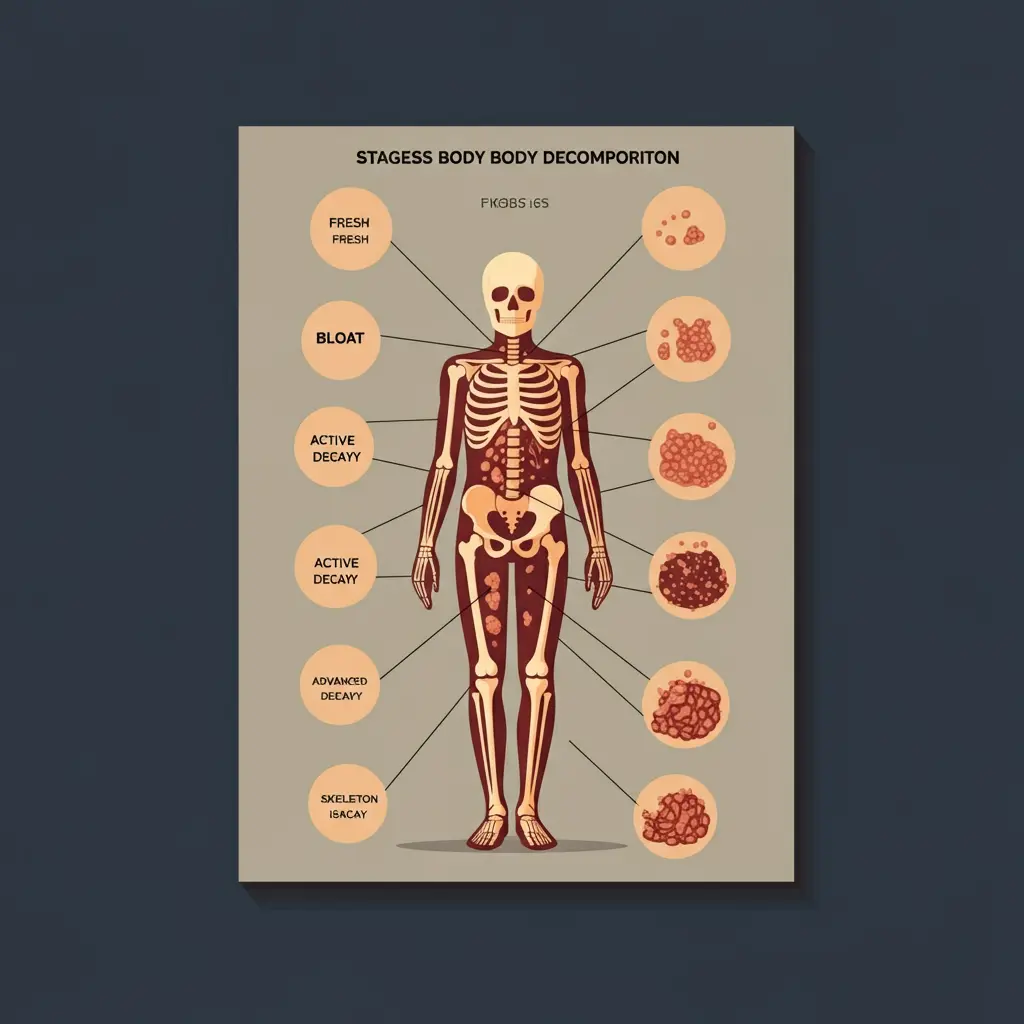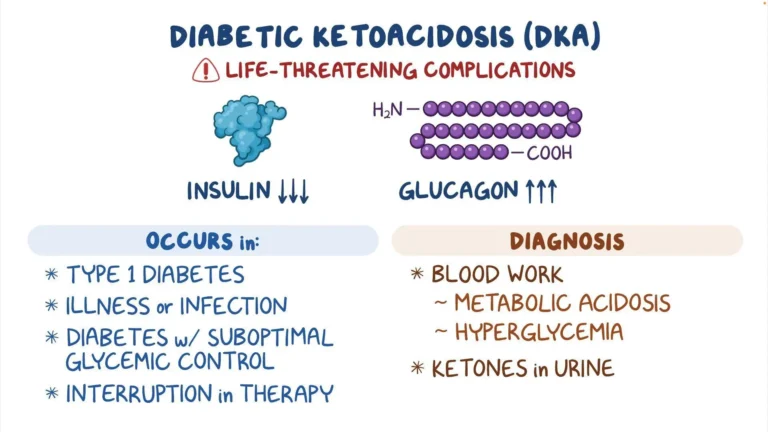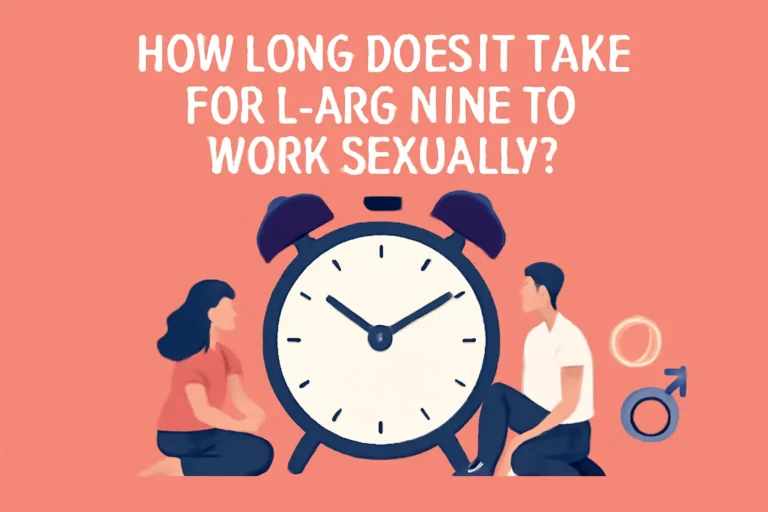How Long Does It Take for a Body to Decompose
When considering what happens to a body after life ends, decomposition is one of the main biological processes that come to mind. Understanding this process is not only essential for forensic science but also for environmental and health reasons. From initial decay to skeletonization, the timeline of decomposition is influenced by various factors such as environment, temperature, and burial conditions. This post will break down the different stages, the key factors involved, and what makes each process unique.
Table of Contents
Introduction to Body Decomposition
After death, the human body undergoes physical and chemical changes, returning to its most basic organic components. This natural process begins almost immediately and progresses through several stages. While this might seem unsettling, decomposition plays a critical role in the cycle of life, supporting ecosystems and returning nutrients to the environment.
What Is Decomposition?
Body Decomposition is the biological process by which organic matter breaks down into simpler components. The body, which is no longer regulated by metabolic processes, becomes a host for bacteria, fungi, and other organisms. This leads to chemical changes that affect the soft tissues, bones, and other structures of the body.
The Five Stages of Decomposition
1. Fresh Stage
This stage starts within minutes of death. The body decomposition begins to lose heat (algor mortis), and cells break down due to enzymatic activity. During this time, bacteria within the gut start to digest tissues.
2. Bloat Stage
This phase occurs as gases, produced by bacteria during anaerobic respiration, accumulate inside the body. Swelling becomes noticeable, and fluids may start to leak. Bloating generally becomes apparent within 2 to 5 days, depending on the environment.
3. Active Decay
Active decay marks the most dramatic breakdown of tissues. Soft tissues liquefy, and a strong odor is emitted as gases escape. Fluids seep into the surrounding environment. This stage can begin within 5 to 10 days in warm, humid conditions.
4. Advanced Decay
During advanced decay, most soft tissues have broken down, leaving behind bones and tougher connective tissues. The environmental impact becomes even more significant as nutrients are absorbed into the earth. Advanced decay typically occurs after several weeks.
5. Skeletonization
Skeletonization marks the final stage of decomposition. Only bones and possibly some resistant ligaments remain. Depending on conditions, full skeletonization may take months to years.
Factors That Influence Decomposition
Environmental Conditions
The rate of decomposition can vary dramatically based on the environment. Humidity, airflow, and exposure to sunlight all contribute to the speed of decay. For instance, arid regions often slow the process compared to tropical climates.
Soil Composition
Acidic or alkaline soils can influence how long tissues take to break down. Certain soil types may also preserve the body longer, as seen in natural mummification in peat bogs.
Exposure to Air and Water
A body decomposition faster when exposed to air compared to being underwater or buried. Water tends to slow down decay due to cooler temperatures and reduced bacterial activity.
Temperature
High temperatures accelerate decomposition by promoting bacterial and enzymatic activity, while low temperatures slow down the process significantly.
Burial Methods
Bodies buried in coffins decompose more slowly compared to those buried directly in the ground. Depth of burial also plays a role, as deeper graves maintain more stable temperatures and reduce exposure to scavengers.
How Long Does It Take for a Body Decomposition Without Burial?
When exposed to open air, a body may become skeletonized within a few weeks to several months. Factors like temperature and humidity play significant roles. Warm, humid environments can lead to full skeletonization in less than six months.
How Burial Methods Impact Decomposition Timelines
Bodies buried in shallow graves decompose faster due to increased oxygen exposure. In contrast, deep burials, embalming techniques, and sealed coffins can preserve a body for years or even decades.
The Role of Microorganisms and Scavengers in Decomposition
Bacteria, fungi, insects like flies and beetles, and larger scavengers all play unique roles in breaking down organic materials. These organisms help recycle nutrients back into the soil, contributing to the ecosystem.
Forensic Science and Decomposition Timelines
Forensic experts study decomposition to estimate time of death, especially in criminal investigations. By analyzing the state of decay, external influences, and insect activity, forensic entomologists can help pinpoint timelines.
The Effects of Temperature Extremes on Decomposition
Freezing temperatures can temporarily preserve a body, halting decomposition. Conversely, extremely hot climates speed up decay. Desert environments, for example, can lead to mummification.
Decomposition in Different Environments (Land vs. Water)
Decomposition differs significantly on land versus water. Water can both slow and accelerate the process, depending on factors like temperature, salinity, and aquatic scavenger presence.
Preservation Techniques and Their Impact on Decomposition
Techniques like embalming, freezing, and natural mummification can slow or halt the natural processes of decay. Embalming, in particular, inhibits bacterial activity and delays breakdown for weeks or months.
Ethical Considerations and Cultural Practices
Different cultures handle death and decomposition in various ways. From burial to cremation and even sky burials, these practices often reflect spiritual beliefs and ethics.
How Decomposition Contributes to the Ecosystem
Decomposition supports the environment by releasing nutrients such as nitrogen and phosphorus into the soil, aiding plant growth and sustaining ecosystems.
Practical Applications of Decomposition Science
Decomposition research aids fields such as forensic science, archeology, and environmental biology. Understanding decay processes helps law enforcement, improves burial practices, and informs eco-friendly alternatives like green burials.
FAQs
How long does it take for bones to decompose?
Bones can take decades to centuries to decompose fully. Environmental factors significantly influence this timeline.
What happens to a body after 3 weeks of decay?
By three weeks, soft tissues have significantly broken down, and skeletonization begins to occur in warm climates.
Does embalming stop decomposition?
No, embalming only delays decomposition by preserving tissues temporarily.
Can a body mummify naturally?
Yes, under the right conditions such as extreme dryness, cold, or acidic environments, natural mummification can occur.
What role do insects play in decomposition?
Flies and beetles play a critical role during active decay, as their larvae feed on tissues, speeding up breakdown.
By understanding the complexity and significance of body decomposition, we gain valuable insight into natural systems and how our bodies return to the earth after life.







